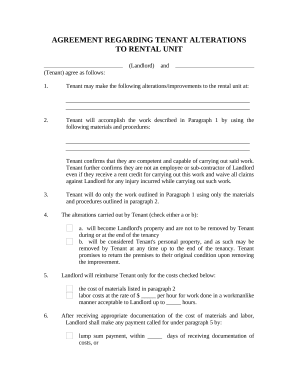

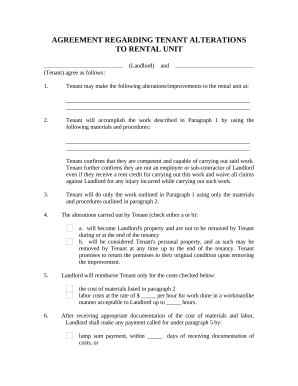
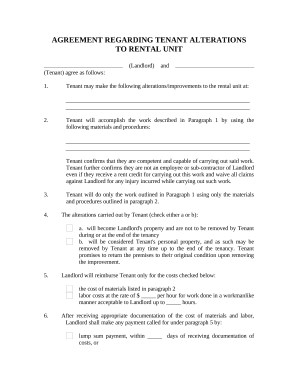
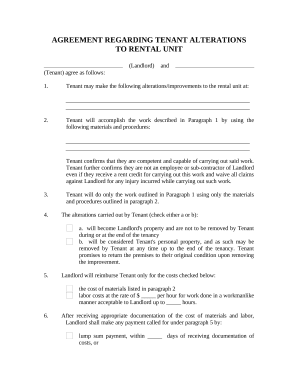
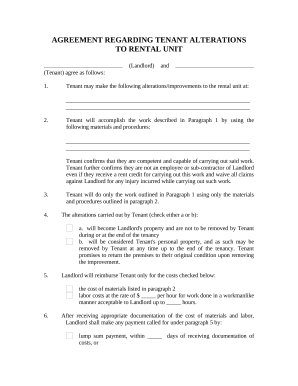

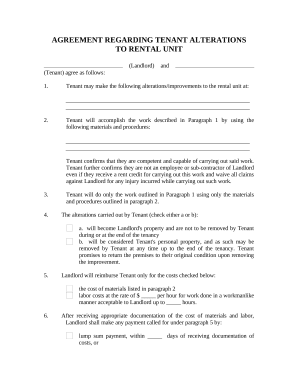

Document managing occupies to half of your business hours. With DocHub, it is possible to reclaim your time and improve your team's productivity. Get Landlord Permission for Tenant Alterations category and investigate all templates relevant to your day-to-day workflows.
The best way to use Landlord Permission for Tenant Alterations:
Accelerate your day-to-day document managing using our Landlord Permission for Tenant Alterations. Get your free DocHub account today to discover all forms.